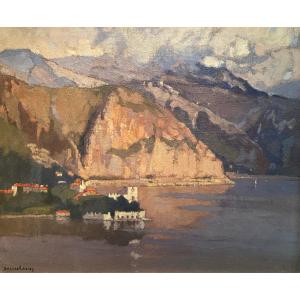Louis Marie Désiré-Lucas 1869-1949
Born in Martinique to a Breton father, it was thanks to a scholarship from the City of Brest that the young Désiré-Lucas was admitted to the École des Beaux-Arts in Paris in 1891 and attended the Julian studio at the same time. then at the Ecole des Beaux-Arts where he was a pupil of Bouguereau, Robert-Fleury and Lefebvre. But after a bitter failure at the Salon of 1896, he went to Brittany on the advice of Gustave Moreau and settled in Morbihan in 1899. He began to be passionate about peasant scenes, daily life and popular traditions which he made the subject and the study of his paintings. His shipments to the "Salons" are noticed. In 1901, the State bought him "Bénédicité", his first painting, kept at the Musée d'Orsay then "L'homme des champs" in 1903. He left Vannes for Douarnenez in 1907. In 1920, he undertook work on the edges of the coasts and the landscapes on the Côte d'Azur, in Spain, in Italy as well as at Belle Ile en Mer In August 1922, he stayed in Ouessant with his pupil Marie Réol and reported a series of studies. Désiré-Lucas is influenced by the painting of Paul Cézanne. He works in series of paintings by painting the same subjects with different chromatic ranges depending on the state of the light. He roams the lively old neighbourhoods of Douarnenez to study its inhabitants. He became friends with Paul Abram and both painted at Plomarc'h, Désiré-Lucas produced many paintings there. The originality of his style asserts itself and is characterized by the fiery dynamism of the key and the use of a lively palette.










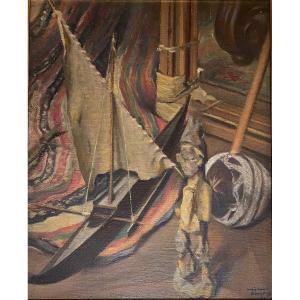

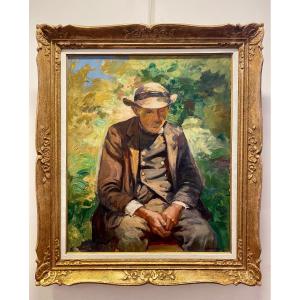



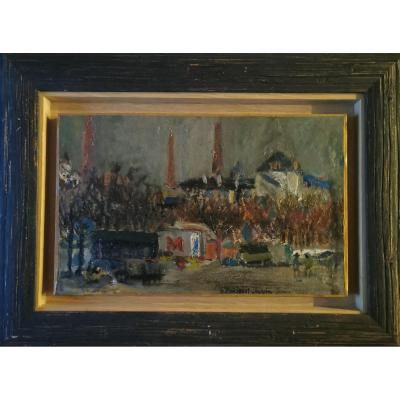


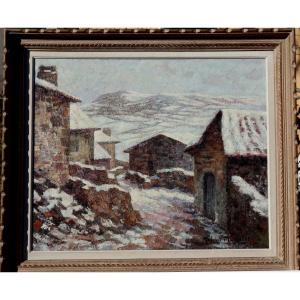
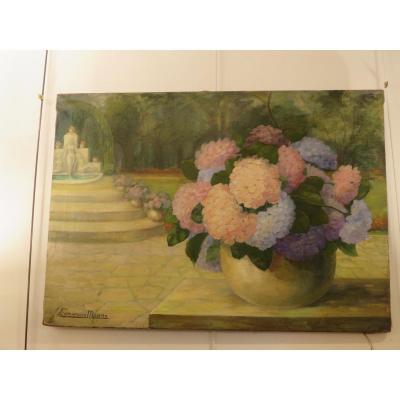



 Le Magazine de PROANTIC
Le Magazine de PROANTIC TRÉSORS Magazine
TRÉSORS Magazine Rivista Artiquariato
Rivista Artiquariato
